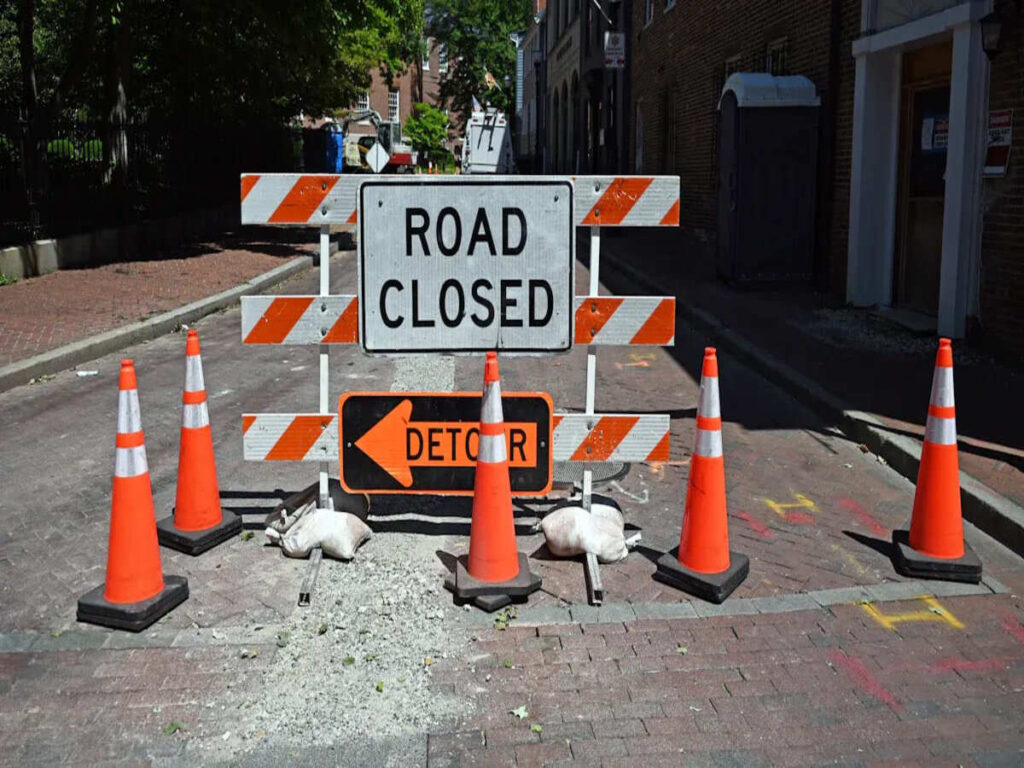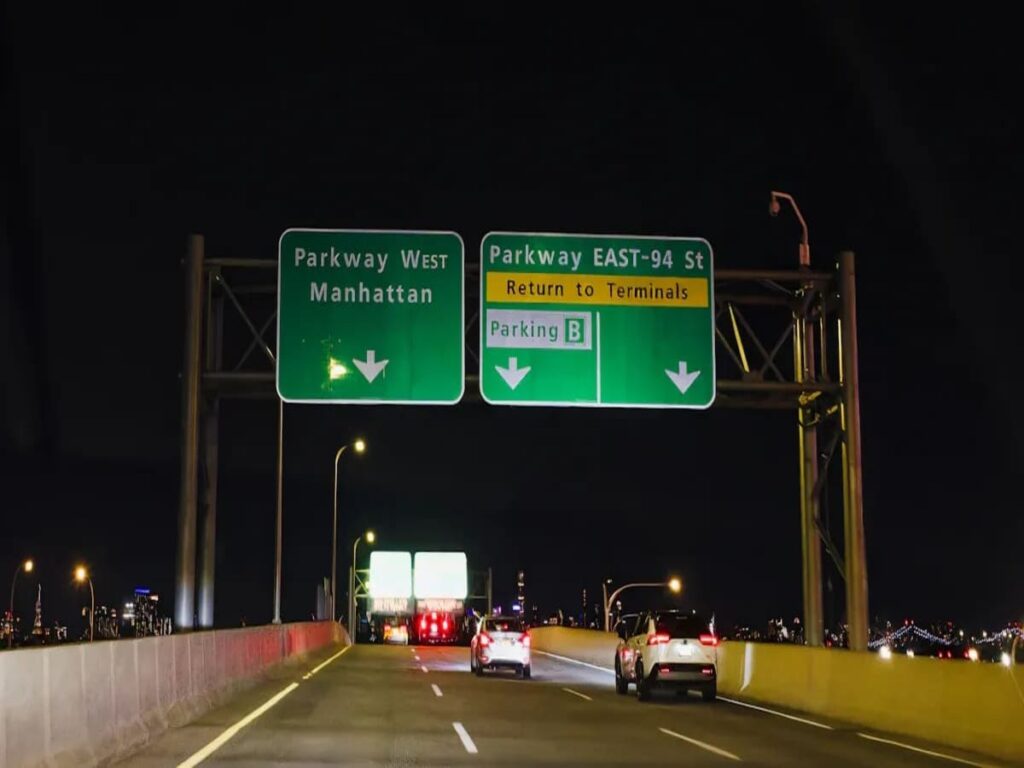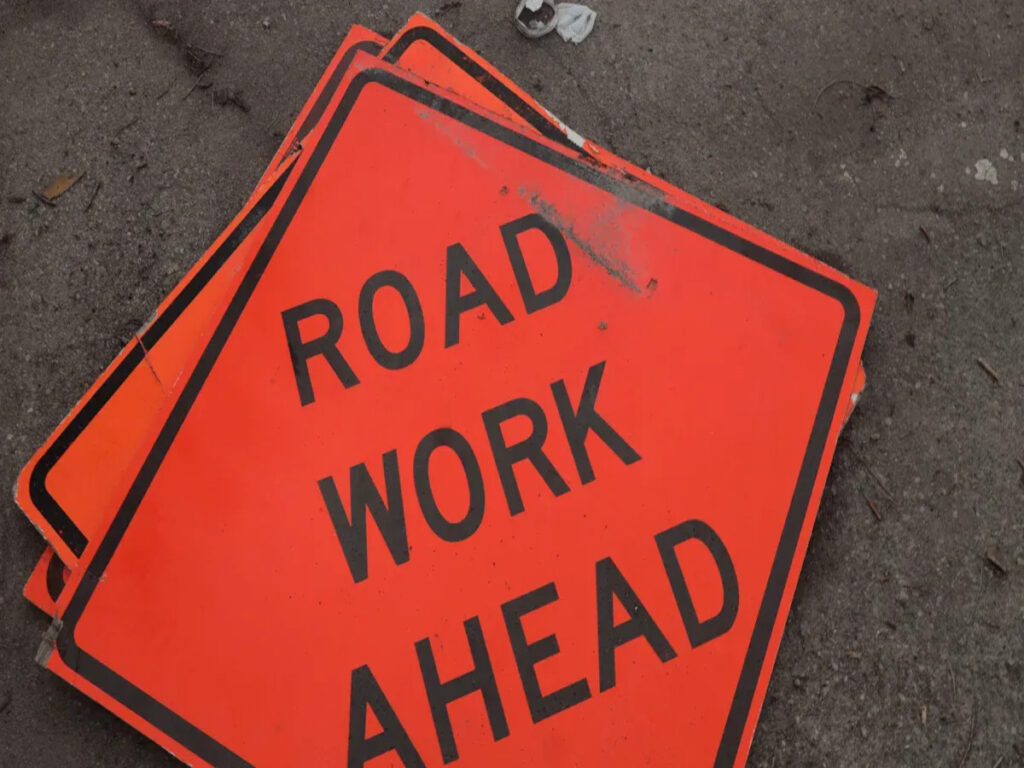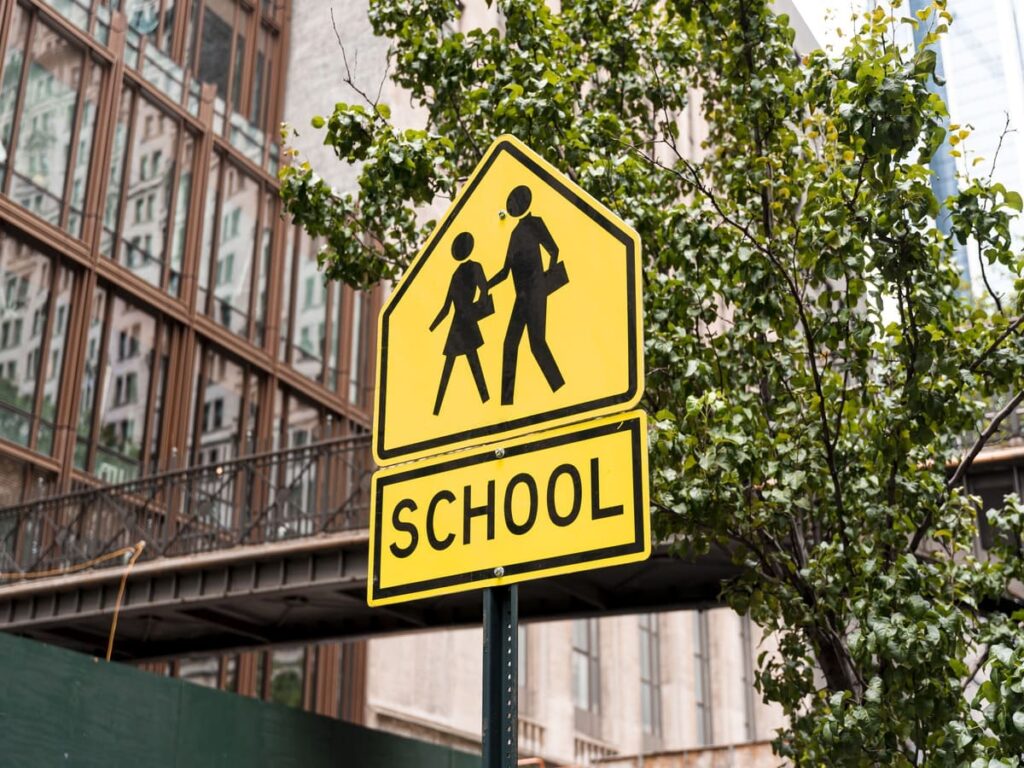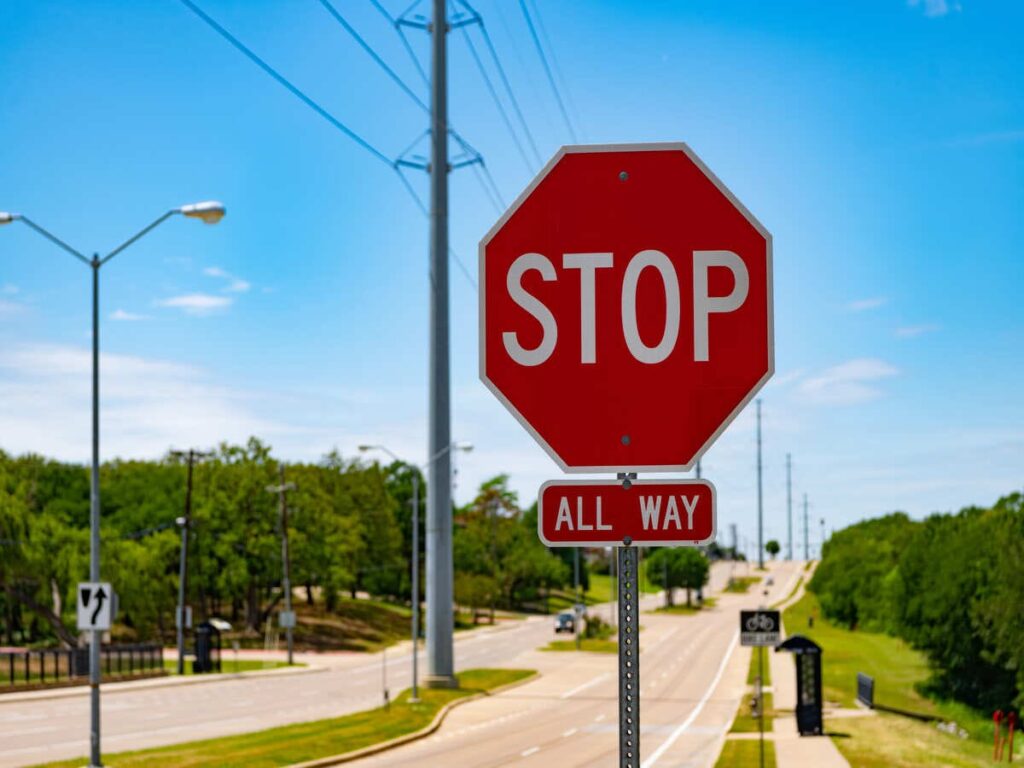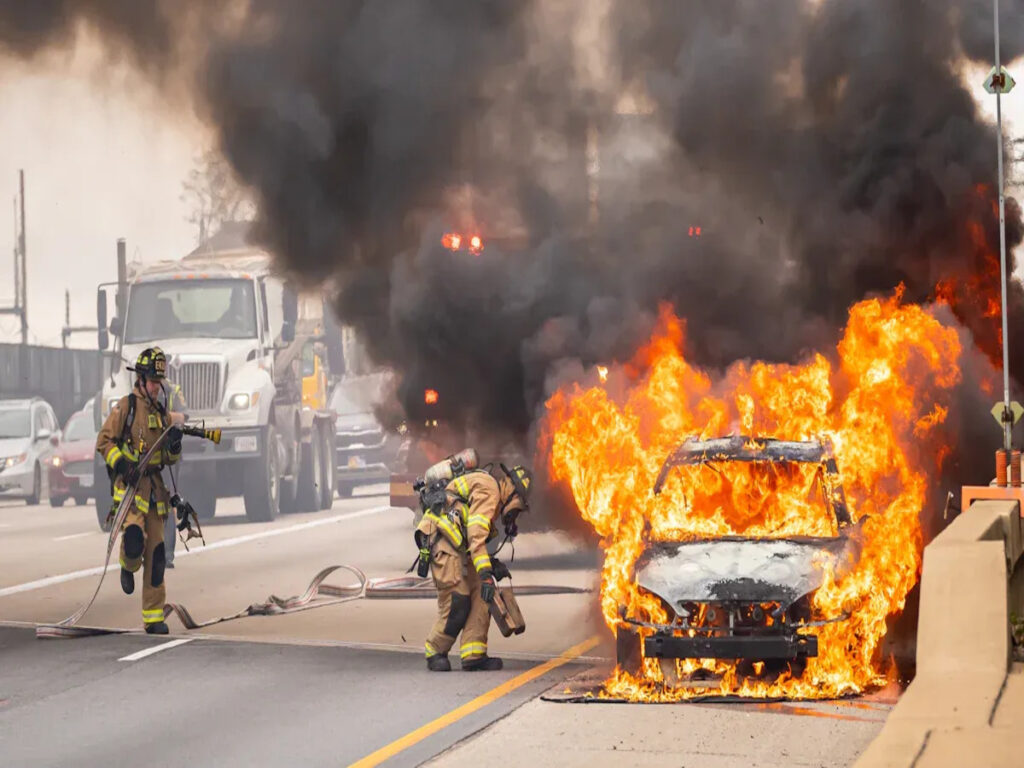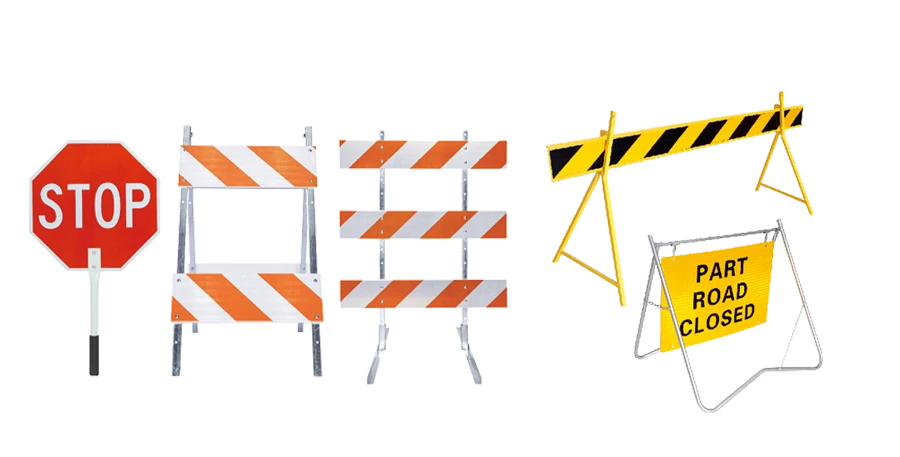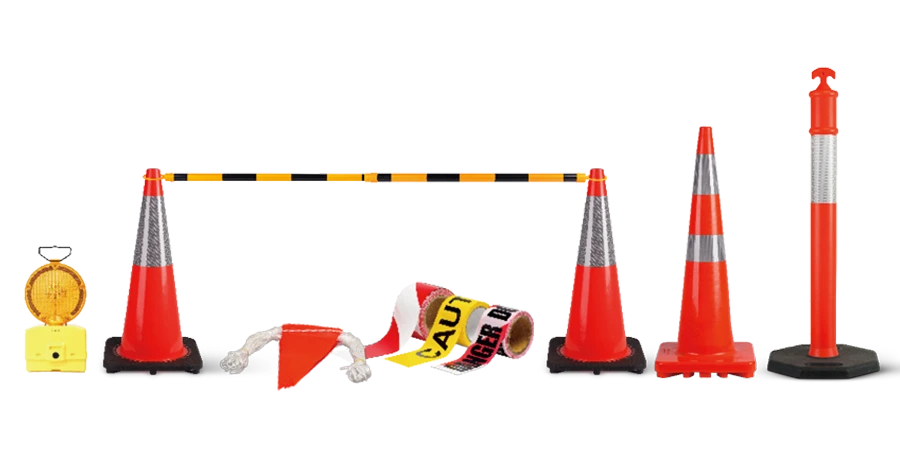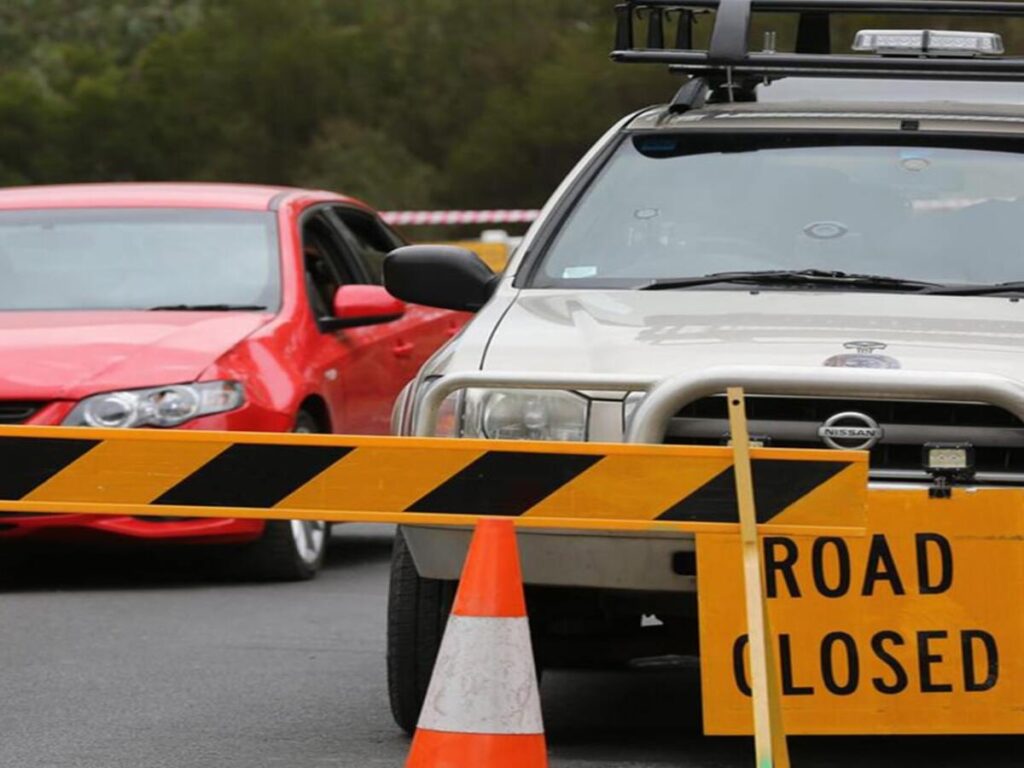
매년, 근로자와 운전자는 도로 공사에서 큰 위험에 직면합니다. ~ 안에 2022, a bad accident happened when a car went into a work zone with no protection. People got hurt and work was delayed. This showed why barriers are needed to keep people safe. Barrier boards work like strong shields. They keep people away from cars on busy roads. Construction sites must have barrier boards for safety. They also help show where the work area ends. Barriers are even more important as more roadwork happens in cities and towns. Safety needs barriers that are easy to see and very strong. These barriers help both drivers and workers stay safe.
OPTRAFFIC offers a variety of high-quality barrier boards designed for maximum visibility and safety in roadwork zones. Our barriers are built to withstand harsh conditions and ensure that both workers and drivers are protected. Explore our range today to improve safety and efficiency at your construction sites.
Barrier Boards and Road Safety
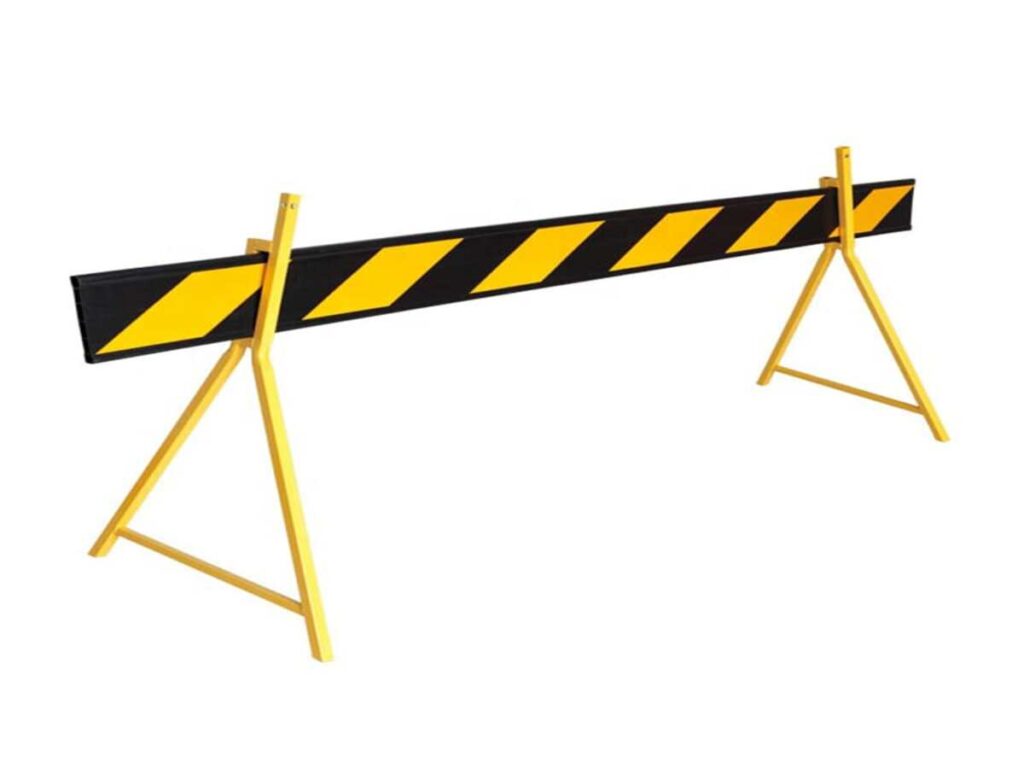
노동자 보호
Barrier boards are very important for keeping workers safe. These traffic barriers make a strong wall between workers and cars. Drivers see the barriers and know not to cross them. This helps stop injuries and deadly accidents. Construction sites have big machines and lots of workers. Barriers show where people can and cannot go. They also help guide cars away from danger. Workers can do their jobs without worrying about cars. Barriers keep people away from busy traffic lanes. They also stop cars from going into places they should not. This keeps everyone in the work zone much safer.
Creating Safe Work Zones
Barriers help make work zones safe by showing where work is happening. Road barriers tell drivers and people walking where the work area is. These barriers make it clear where it is safe to walk or drive. Barriers help people walk safely through or around the site. Road barriers also help control how cars move near the work. They guide traffic around the work zone and stop confusion. A study by Hahn and Bryden for the New York State Department of Transport found some barrier designs, like a 16-inch timber curb with a W-beam steel rail, can move cars away safely at medium speeds. Portable concrete barriers also work well in fast traffic. Putting barriers in the right way, like tightening joints and grouting, makes them stronger and stops damage. These results show that good barrier boards and proper setup make work zones much safer for all.
팁: Always check that barriers are put in the right way to keep workers and road users as safe as possible.
가시성 향상
Being able to see barriers is very important for safety at work sites. Barrier boards often use bright colours like yellow and black stripes. Many barriers have shiny surfaces that reflect light. These surfaces shine when car lights hit them at night or in fog. Studies show that retroreflective materials help people see barriers better in the dark. This helps drivers spot barriers early and avoid crashes. 새로운 재료, like UV-stable plastics and self-cleaning coatings, help shiny surfaces last longer and work better. Good visibility keeps workers and people walking safe, 날씨가 좋지 않거나 밤에도. Barriers that are easy to see stop cars from going into dangerous places. Barriers with shiny surfaces are very important for keeping work areas safe all the time.
Preventing Accidents with Road Barriers
Reducing Collisions
Road barriers are very important for stopping accidents at building sites. These barriers make a clear and strong line between work areas and cars. Drivers see the barriers and know where not to drive. This helps stop cars from going into dangerous places. Road safety barriers help drivers stay on the right path. When barriers are in the right spot, they stop cars from entering work zones. Traffic barriers also protect workers from sudden crashes. Many barriers use bright colours and shiny strips, so they are easy to see day or night. Safety barriers can take some of the force if a car hits them. This can save lives and stop people from getting hurt. Road barriers act like shields and keep both workers and drivers safe.
메모: Road barriers should be checked often to make sure they stay strong and easy to see for everyone’s safety.
트래픽 흐름 관리
Traffic barriers help control how cars move around building sites. These barriers guide cars, lorries, and buses along safe roads. A good traffic plan uses road barriers to keep traffic moving well. Barriers show drivers when to slow down or change lanes. Road safety barriers help stop confusion and sudden moves by cars. When barriers are in the right place, they help stop traffic jams and delays. Road barriers also help emergency vehicles find safe ways through busy roads. Safety barriers keep traffic in order and lower the chance of crashes. Road barriers work with signs and cones to give clear directions to everyone. A good traffic plan always uses the right barriers for each job.
- Traffic barriers help:
- Keep lanes apart
- Show detours
- Protect places for people to walk
- Control where cars go in and out
고위험 지역
Some parts of the road need more care. 좁은 차선, blind spots, and sharp corners are places where crashes can happen more. Road barriers give extra safety in these spots. Barriers stand at the edge of narrow lanes to stop cars from drifting. In blind spots, road barriers help drivers see where to go next. Sharp corners can be confusing, but barriers guide cars safely around bends. Road safety barriers in these places lower the chance of accidents. Traffic barriers also help protect workers who work close to moving cars. Safety barriers keep both workers and drivers safe in tricky places. Road barriers can be moved or changed as the work area changes. This helps keep every part of the road safe during all building work.
팁: Always use more road barriers in risky places to make everyone safer.
| High-Risk Area | Barrier Function | 안전 혜택 |
|---|---|---|
| Narrow Lanes | Stops cars drifting | Fewer side crashes |
| Blind Spots | Shows edges, guides drivers | 더 나은 가시성 |
| Sharp Corners | Guides traffic, slows cars | 충돌이 줄어 듭니다 |
Road barriers, 교통 장벽, and safety barriers all work together to keep roads safe. They help stop crashes, control traffic, and protect everyone near building sites.
Types of Road Safety Barriers
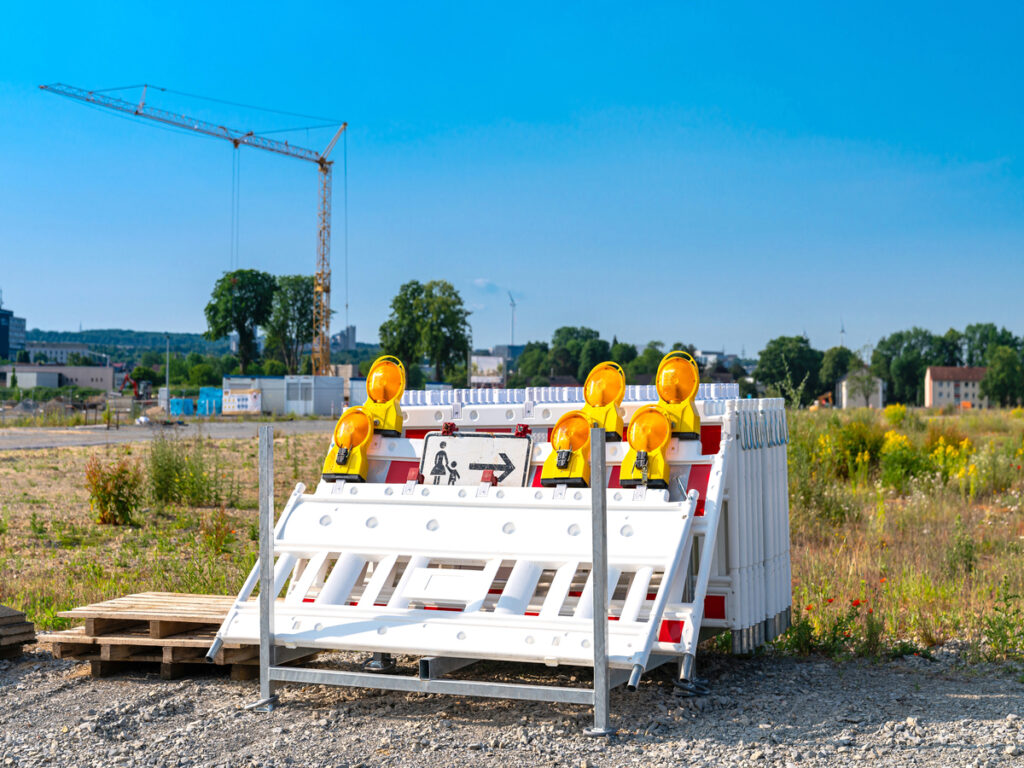
Temporary and Permanent Barriers
Barriers come in many types for different jobs. Some barriers are only used for a short time. Others stay in place for many years. Temporary barriers are good for projects that do not last long. They are also helpful when work areas move a lot. Permanent barriers stay in one spot for a long time. They protect people on busy roads or in dangerous places.
Here is a table that shows the main differences:
| 측면 | Temporary Road Safety Barriers | Permanent Road Safety Barriers |
|---|---|---|
| Intended Duration | 단기 사용 | Long-term use |
| 설계 | Portable, adaptable, 가벼운 중량 | 결정된, robust, 튼튼한 |
| 내구성 | 덜 내구성, may not withstand extreme weather or prolonged use | 내구성이 뛰어납니다, withstands environmental stress and heavy use |
| 설치 | Quick to deploy, less complex | Complex installation, fixed in place |
| Application Areas | 작업 구역, 건설 현장, temporary lane closures, 우회, 특별 행사 | 교차로, 고속도로, 학교 구역, 다리, 주거 지역 |
| Effectiveness | Effective for temporary safety needs but less reliable under extreme conditions | Reliable, 유지 보수가 적습니다, consistently manages traffic and protects drivers and pedestrians |
| 비용 | Cost-effective upfront | 더 높은 선불 비용 |
Temporary barriers, like water-filled plastic ones, are easy to move. Permanent barriers, such as concrete or steel guardrails, give strong protection for many years.
Materials and Designs
Barriers are made from different materials and shapes. Some use steel, while others use concrete, 플라스틱, or cables. Each material has its own good points. Steel guardrails stop cars from leaving the road. 저지 장벽, made from concrete or plastic, split up lanes and help control traffic. Cable barriers use steel cables to take in the force of a crash. Pedestrian barriers, like bollards and fences, keep people safe in busy places. Work zone temporary barriers use light materials so they can be moved easily.
| 배리어 유형 | 재료 | Description and Classification |
|---|---|---|
| 가드 레일 | 강철 | Designed to prevent vehicles from leaving the roadway and hitting hazards like trees or embankments. |
| 저지 장벽 | Concrete or Plastic | Modular barriers used to separate lanes and control traffic flow; can be filled with water or sand for stability. |
| Cable Barriers | Steel cables | Flexible barriers that absorb impact energy, used where rigid guardrails are unsuitable. |
| Pedestrian Barriers | 볼라드, Fences | Separate pedestrian walkways from vehicles to enhance pedestrian safety in urban or busy areas. |
| Work Zone Temporary Barriers | Lightweight materials | 일시적인, highly visible barriers designed for easy movement and accident prevention in construction zones. |
Crash tests help check if barriers work well. Some studies show real crashes can be different from test results. Experts say new testing ways are needed to make sure barriers are safe in real traffic.
Choosing the Right Barrier
Picking the right barrier for a site needs careful thinking. These steps help you choose the best one:
- Decide why you need the barrier, like keeping workers safe.
- Think about what vehicles might hit the barrier, such as cars or lorries.
- Choose the type of barrier, like rigid, semi-rigid, or flexible.
- Think about the weather, like rain or heat, that could affect the barrier.
- Compare how much it costs to put in and look after.
- Make sure the barrier follows all safety rules.
- Think about space and how the barrier looks, 특히 도시에서.
- Ask experts for help to pick the best barrier for the site.
팁: Always pick barriers that match the risks and needs of the site for the best safety.
Barriers are very important for road safety. They help control traffic, 사람들을 보호하십시오, and keep work areas safe. The right barriers help stop accidents and save lives.
Using Barriers Effectively
Placement and Installation
Putting traffic barriers in the right place is very important for safety. Workers must put up barriers before any building work starts. Barriers go at the edge of the work area to keep workers away from traffic. Barriers should follow the road’s shape and block all ways in. This stops cars from going into dangerous spots. Teams use bright colours and shiny strips so barriers are easy to see. Good placement helps drivers know where to drive and keeps people safe. A good layout stops confusion and helps other safety steps work well.
팁: Always look at the site map before putting up barriers. This makes sure barriers cover everything and paths are clear for cars and people.
유지 보수 및 검사
Barriers need to be in good shape to keep people safe. Teams must check barriers every day. They look for cracks, missing bits, or faded colours. Broken barriers cannot keep people safe. Workers must fix or swap broken barriers right away. Clean barriers are easier to spot, 밤이나 날씨에도. Checking barriers often helps keep roads safe for all. Maintenance also means making sure barriers are in the right place after strong winds or lots of traffic.
| Inspection Checklist | 필요한 행동 |
|---|---|
| Cracks or breaks | Replace barrier |
| 희미한 색상 | Repaint or replace |
| Out of position | Move back in place |
| Dirty or blocked | Clean barrier |
Adapting to Changing Needs
Building sites change as work goes on. Barriers must change too. 모듈 식 배리어, like plastic Jersey barriers, are very flexible. Workers can move and join these barriers fast. They can fill them with water or sand to make them heavier. This lets teams change the layout as the work changes. Quick changes help keep the site safe if there is an emergency or traffic changes. These barriers are also good for crowds and marking places for people to walk. Their bright colours and easy moving make them a good pick for many jobs.
- Benefits of modular barriers:
- 쉽게 올리거나 움직이기 쉽습니다
- Can change weight for strength
- Bright colours for safety
- Save money and can use again
- Good for many safety needs
메모: Flexible barriers help teams act fast when new dangers appear and keep roads safe at every step of building.
Barrier boards and road safety barriers are very important for keeping workers and drivers safe. There are different types, and each one helps in its own way:
- 물이 가득한 장벽 take in the force from crashes and slow down cars.
- Drum barricades help drivers go safely around work areas.
- Metal barricades stop people who should not enter and keep workers safe.
Checking barriers often and putting them in the right place keeps them working well. Sticking to safety rules and good habits helps everyone get home safely every day.
FAQ
What is a barrier board used for in construction zones?
A barrier board marks the edge of a work area. It keeps workers safe from traffic. Drivers see the board and know where not to go. Barrier boards help prevent accidents and guide vehicles safely.
How often should teams inspect barrier boards?
Teams should inspect barrier boards every day. 그들은 손상을 찾습니다, 흙, or faded colours. Quick checks help keep the boards working well. Clean and strong boards protect everyone on the site.
Can barrier boards be used at night or in bad weather?
예, barrier boards work well at night or in bad weather. Many boards have reflective strips. These strips shine when headlights hit them. Drivers can see the boards clearly, 안개 나 비에도.
Are barrier boards reusable for different projects?
Most barrier boards are reusable. Teams can move them to new sites. Modular designs make them easy to set up again. This saves money and helps keep many work zones safe.
팁: Store barrier boards in a dry place to keep them in good condition for future use.

